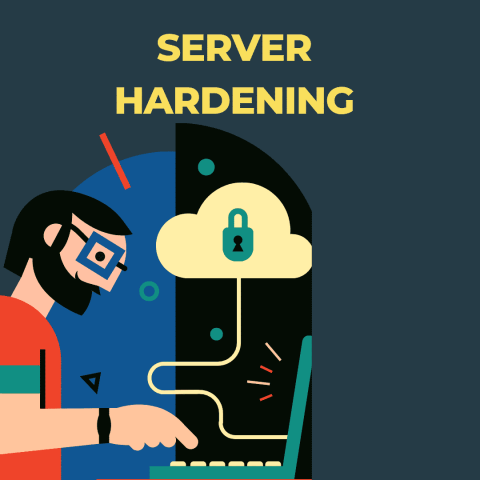CIS Controls: Everything You Need to Know
The Center for Internet Security (CIS) Controls are a prioritized set of Safeguards to mitigate the most common cyber-attacks against systems and networks. The SANS 20 Critical Security Controls, formerly known as the SANS Top 20, is now called the CIS Controls and has been reduced to 18 Controls since version 8. You may be wondering, How many CIS Controls are there?




